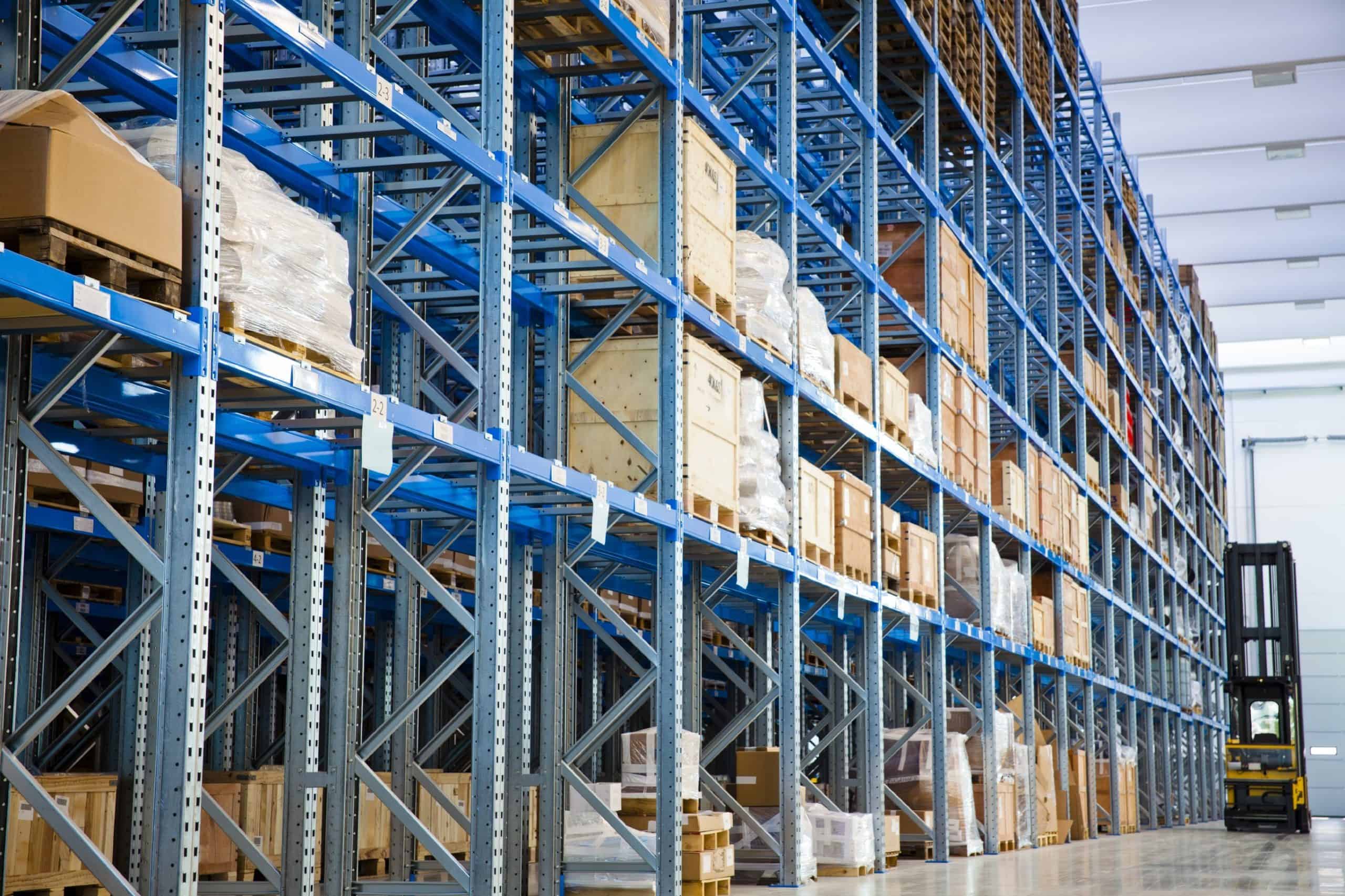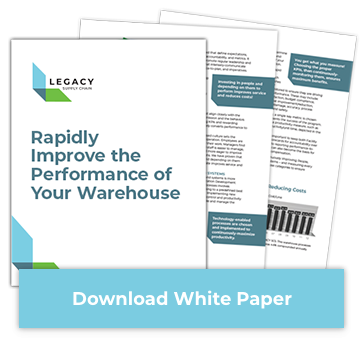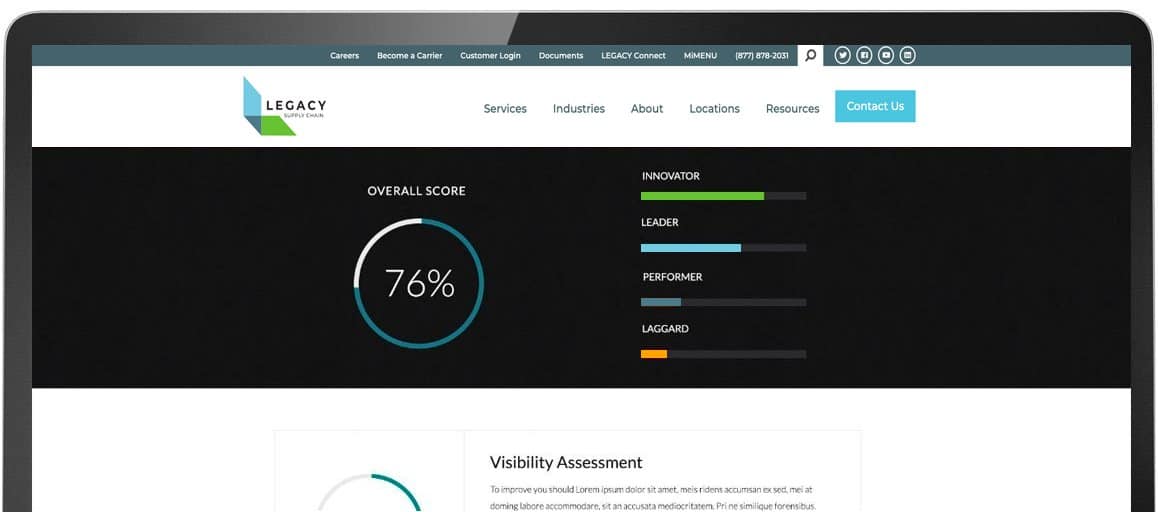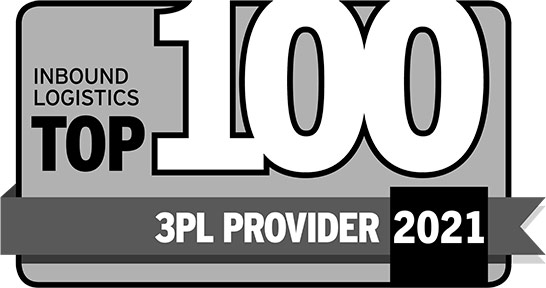5S Best Practices for Lean Warehousing

5S for your Warehouse
For years the practice of Lean warehousing and distribution has provided numerous benefits for companies and their customers. However, the COVID-19 pandemic put that practice to the test when global shortages showed that, in times of disruption, Lean practices can be pushed to the breaking point.
However, when asked if supply chains have become too lean, a majority of supply chain professionals — 49% — disagreed. According to those interviewed in the 2021 Third-Party Logistics Study published by the Council of Supply Chain Management Professionals, the cost and efficiency benefits provided by Lean practices continue to outweigh the potential downsides.
Whether you’re a retailer shipping direct to store or a B2C eCommerce business, establishing a Lean warehouse is a low-cost solution that can save you big — and implementing 5S is a key step.
Trim Warehousing Costs for Higher Profit Margins & Improve Performance >
Why 5S?
5S is a Lean strategy that helps accomplish a basic objective: making problems visible. Having a clean and organized warehouse is about more than just looking great. It’s about having more efficient fulfillment warehousing operations, excelling at training, and encouraging communication. A warehouse should be able to identify and surface issues quickly, address their root causes, and prevent recurrence. If replenishment is needed, if something is out of place, if tasks are being done incorrectly, 5S can identify these issues and surface them for quicker resolution. For example, if there is a piece of lift equipment leaking hydraulic fluid, a warehouse with a strong 5S policy will identify it as soon as it is parked, before the problem costs more to remedy.
How can you bring 5S into your warehouse? Let’s take a look at each of the five S’s to see how they can be part of your daily schedule.
1. SORT
Warehouse managers often fall into the trap of using established categories when sorting, instead of thinking about the Lean warehouse from a 10,000-foot view. You can sort your warehouse by type of object, chronology of order cycle or most-to-least used. While we’ve seen warehouses set up in a multitude of ways, many of them only seem to make sense – until you take a fresh look. A supply chain engineer can help you step back and view your warehouse operations with a fresh perspective and a focus on your goals. Lean warehousing requires a willingness to implement whatever system will result in the most efficient warehouse. Once you establish the right categories and sort criteria, it’s important to make sure that there is a place for everything. Everything in your distribution center should have an intentional place and a transaction, or a set method of use, that’s a part of the established process. We’ve discussed how reporting turnbacks is essential for warehouse operations, and this is where steps that might qualify as a turnback can be eliminated.
Learn How a Dedicated Contract Warehouse Can Optimize Your Warehouse Operations >
SORT in Action: When LEGACY runs a Lean Action event, we go into a specifically scoped area, collect all of the things in that area, and figure out how to classify it. If it belongs in the area of scope, it stays. If not, it goes to a red tag area for disposition. If it isn’t needed for the job on a daily basis, it gets removed.
2. SET
This step is sometimes interpreted as “straighten” or “streamline.” Traditional Lean practices encourage a streamlined warehouse setup, arranged in order of the picking process. Optimal warehouse setup will have the shortest possible distance between each step.
SET in Action: At this step in our Lean Action events, we arrange what remains in its “best place” at the scoped area. We assess where the work occurs to reduce waste, both in movement and in travel. We employ ergonomic tactics like semi-circle ranges to allow for lefty-righty switches. Most of all, we focus on putting work at the fingertips of the employee, and keeping them in their workstations as much as possible.
3. SHINE
If you walk into a Lean warehouse, the results of this step will likely be the most immediately visible. Warehouses suffer when they consider cleanliness of the warehouse an expendable element, whereas clean warehouses free up space to be more productive — and profitable. It’s not surprising that a clean workspace operates better, but it is surprising how many warehouses skip this crucial step.
Cleanliness also contributes to an overall standard of behavior, and signals order as an expectation of the warehouse. Regular, or even daily, sweeps as a part of this Lean warehouse process, can include safety inspections (decreasing liability) and equipment maintenance checks (increasing equipment longevity).
SHINE in Action: In our Lean Action Workouts, we use this step to define the level of clean we want in the area. We do a one-time cleaning to bring the area up to this standard, and then set up mechanisms to ensure that we keep it clean at all times.
4. STANDARDIZE
Standardizing is the hallmark of the Lean methodology. A great example of this is standardized labels in a Lean warehouse. Labels that have all the information needed for any container or product in the warehouse will greatly increase efficiency. Eliminating waste is another Lean warehouse tenet — standard labels should get rid of wasteful or unnecessary information or clutter.
How Can You Fight Excess? – Read More >
In Lean warehousing, standardization also applies to a values-driven culture. A warehouse culture in which core values truly and consistently drive behavior will be, by definition, standardized. As previously discussed, top-down implementation of strong core values results in consistent and improved warehouse culture. Effective leadership means communicating expectations through demonstration (see “Servant Leadership”).
STANDARDIZE in Action: In our Lean Action workouts, first we set up very clear expectations for the work area. This means: standard work (a document that explains the job down to the smallest movements), a list of what is allowed in the area, a list of tasks that are required with a schedule that shows who and when and a list of the tools needed to do these tasks. Second, once we do this to one workstation, we use that as a template so that all of the other like stations have exactly the same types of expectations. This ensures that expectations across stations are cohesive so that anyone can be in any station without significant adjustment. These steps make it easy to identify problems.
5. SUSTAIN
The final step to any successful organization methodology is the sustaining step. Stephen Covey, of 7 Habits of Highly Successful People fame, calls it “Sharpen the Saw,” to suggest keeping the practice sharp and in order. A successful Lean warehouse will have implemented an efficient process, taken ownership of the Lean warehouse practice and have a transparent and visible way to measure every transaction.
Sustaining is also where regular analysis and reassessment occurs — a Lean warehouse prioritizes continuous improvement. To blindly follow a process is not to learn from it; metrics must show results — or the system must be reassessed. Following this process of implementation, practice and measurement will set your warehouse operations up for success.
SUSTAIN in Action: 5S should not be seen as a one-time event. Sustainable improvements are only accomplished with rigor and discipline — mostly on management’s part. Everyone, from the newest operations supervisor to the most seasoned executive, has a role to play in ensuring the process works as intended. Well-designed Sustain mechanisms incorporate tiered observation from all levels of management so that they see problems and performance issues first hand. Good systems set a standard, and Key Performance Indicators (KPIs) help measure whether your warehouse meets the mark. Many companies want the benefits of 5S and Lean, but don’t have the discipline or rigor to make it function properly. Implement a strong Sustain step to reap success, long-term.
Bringing Lean practices into your warehouse will yield results. Making Lean part of your warehouse culture will create an environment where problems are immediately visible, and every employee is engaged in solving them.
We’re experienced in offering standardized, repeatable processes across a wide range of fulfillment options, including pick and pack, kitting and assembly, subscription box services and returns management. Read some of our recent Customer Success Stories to learn more about how Lean practices like Kaizen Blitz and Lean Action Workouts have improved the bottom line of our clients’ warehouse operations.
If you’re ready to transform your warehouse into a Lean warehouse, contact us to learn how we can help you grow, improve and protect your business.
Get Insights. Stay Ahead.
Get the latest news and insights via email on warehouse improvement, transportation optimization, labor strikes and international shipping rate changes.Popular Posts
Search Posts
-
Global Momentum Builds for Charge on Global Shipping Sector’s CO2 Emissions
A growing coalition of 47 countries, including key players like the European Union, Canada, Japan, and various Pacific Island nations, is...
+ Read more -
5 Key Components in International Contingency Planning
The global logistics outlook indicates a lingering crisis mode, requiring adaptation to the new normal of accelerated global disruptions,...
+ Read more -
Mexico Surpasses China as Top US Trade Partner in 2023
Mexico Surpasses China as Top US Trade Partner New data released earlier this month by the Commerce Department shows that Mexico has...
+ Read more










